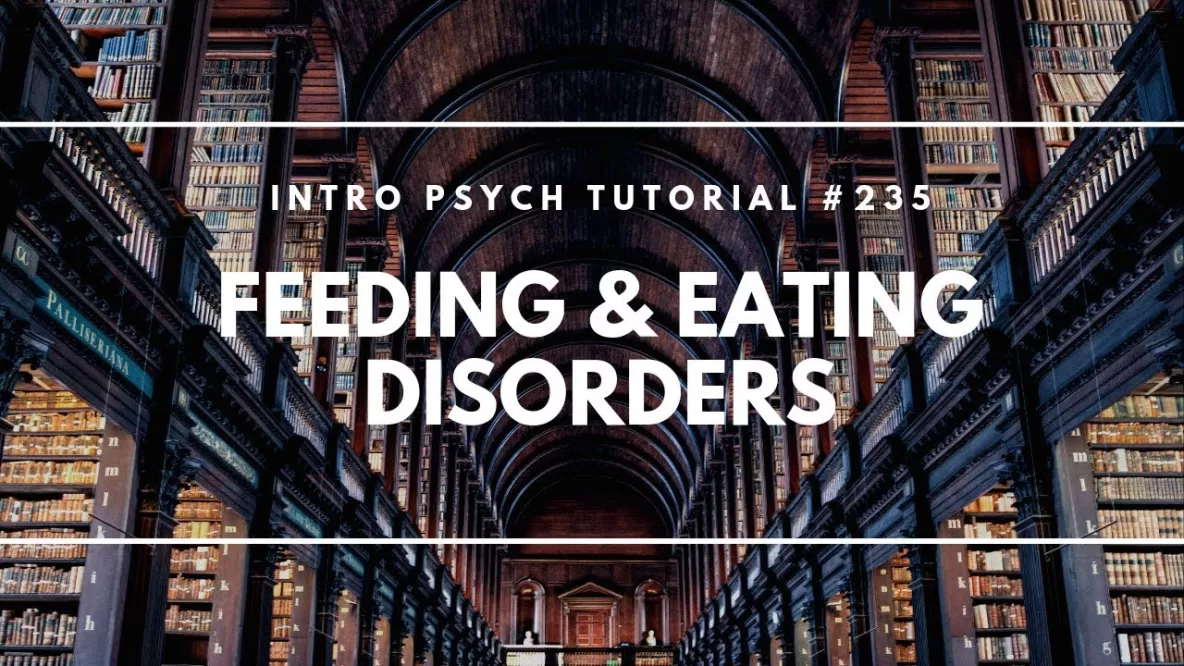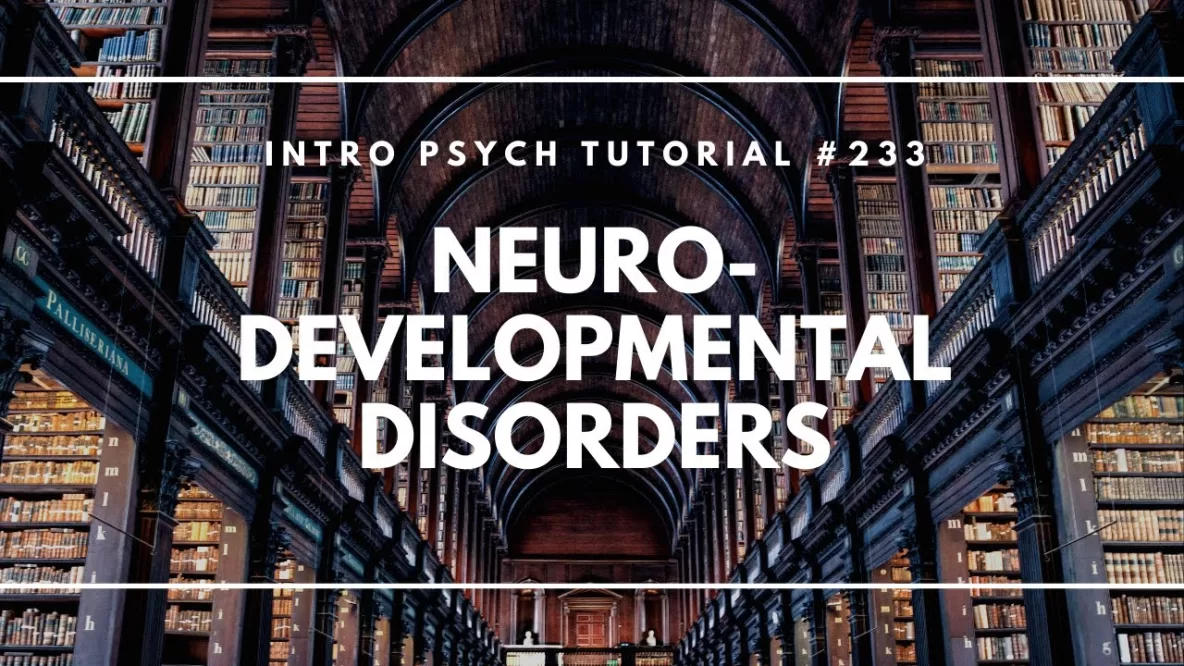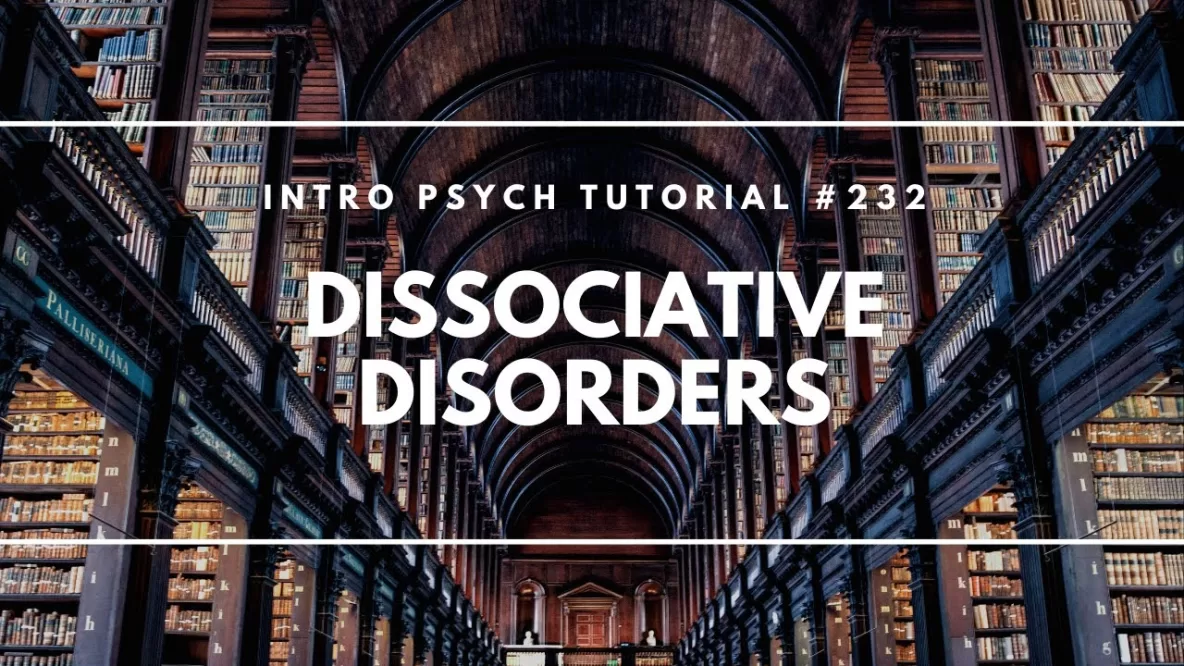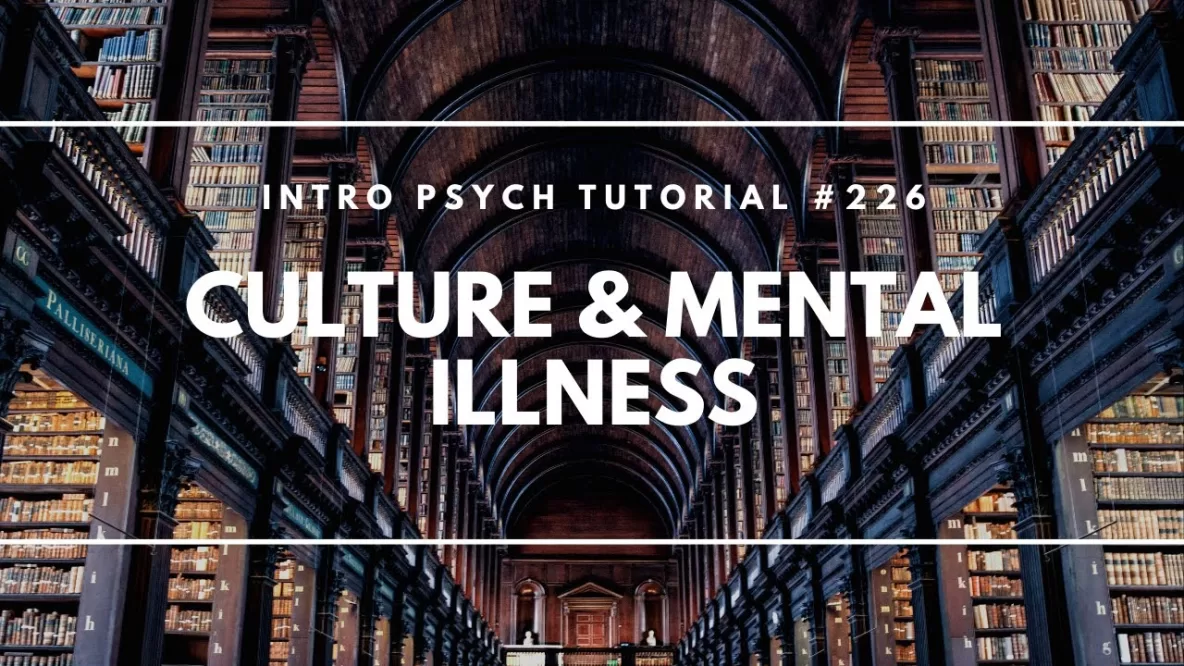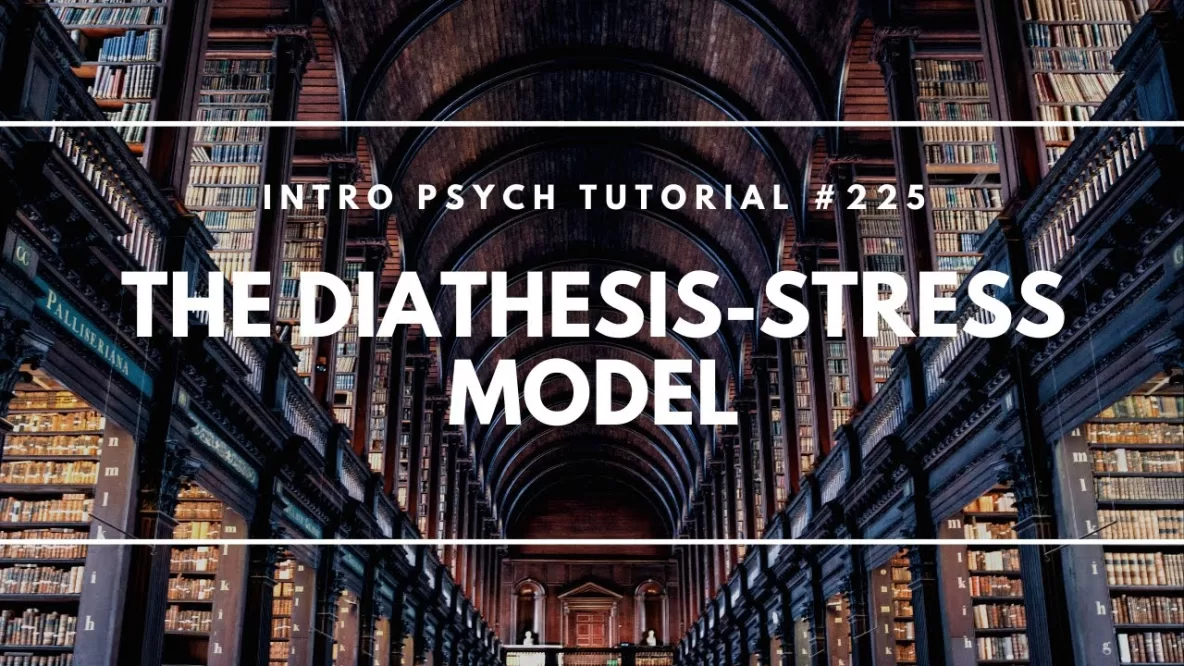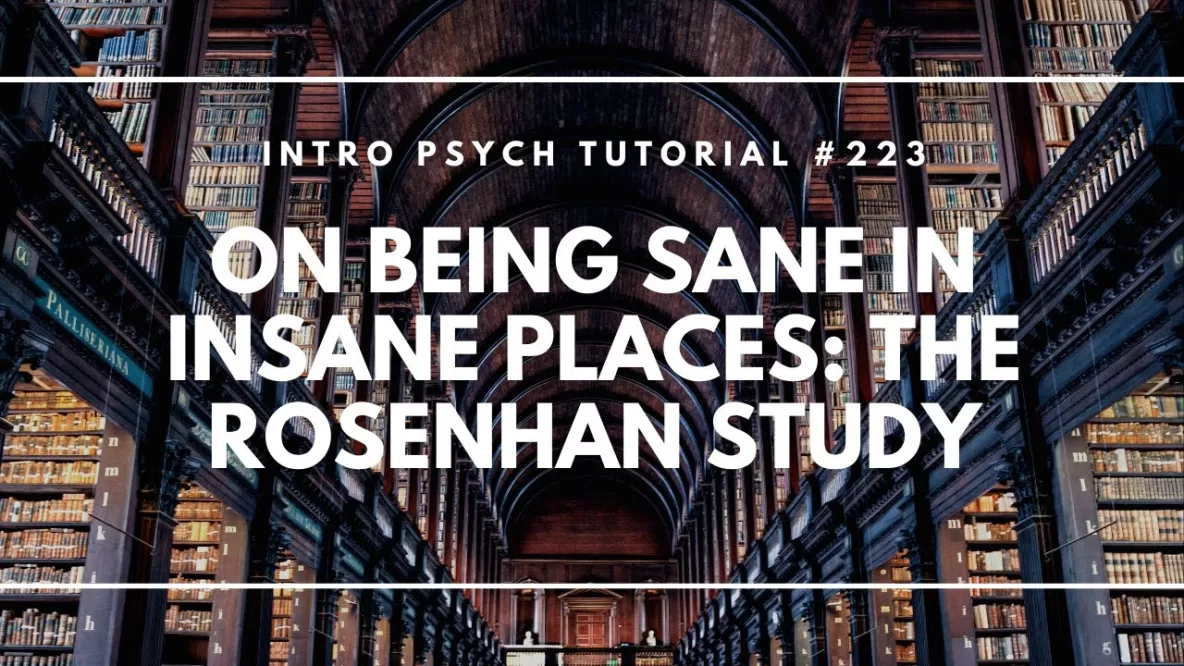In this video I describe the symptoms and prevalence of several disorders in the DSM-5 category of Feeding and Eating Disorders including Pica, Binge-Eating Disorder, Anorexia Nervosa, and Bulimia Nervosa. I also describe comorbid disorders and symptoms and how similar aspects of these disorders are differentiated in diagnosis. Please note … Read More
Schizophrenia Spectrum & Other Psychotic Disorders
In this video I describe the positive symptoms of schizophrenia, including delusions, hallucinations, disorganized speech, and abnormal motor behavior, as well as negative symptoms of reduced emotional expression, anhedonia, alogia, avolition, and asociality. I also discuss diagnostic criteria, cognitive factors, neurological correlates, and the role of gender and culture in … Read More
Neurodevelopmental Disorders
In this video I describe some symptoms and prevalence of several disorders in the Neurodevelopmental Disorders category of the DSM-5. This category includes intellectual disability, communication disorders, learning disorders, and motor disorders. In this video I focus on Autism Spectrum Disorder and Attention Deficit Hyperactive Disorder. Please note that the … Read More
Dissociative Disorders
In this video I describe some symptoms and prevalence of several disorders in the Dissociative Disorders category of the DSM-5. These include dissociative amnesia, dissociative fugue, dissociative identity disorder, and depersonalization/derealization disorder. Please note that the symptoms described in this video are not comprehensive and there are other symptoms involved … Read More
Culture & Mental Illness
In this video I discuss the relationship between culture and mental illness and how culture may influence the prevalence, expression, or understanding of psychological disorders. While the DSM-IV described “culture-bound syndromes” such as koro (penile retraction syndrome), the DSM-5 has replaced this with description of cultural syndromes, cultural idioms of … Read More
The Diathesis-Stress Model
In this video I describe the diathesis-stress model. This model suggests that development of mental illness can be explained by two main factors – a genetic predisposition (diathesis) and environment (stress). Individuals vary for both of these factors and these variations can help us to understand why some people develop … Read More
On Being Sane in Insane Places – The Rosenhan Study
In this video I discuss David Rosenhan’s well-known study in which pseudo-patients went for psychiatric consultations and described a single symptom of hearing voices. I discuss how this study raised questions about recognition and diagnosis of mental illness, interpretations of personal history or behavior as pathological, and the possible effects … Read More
Overview of Positive Psychology
In this video I describe some of the concepts of positive psychology and its emphasis on thriving, growth, and well-being. I discuss optimism, upward and downward comparison, gratitude, and the adaptation level phenomenon or hedonic treadmill, as well as how these concepts relate to happiness. Coates, Brickman, & Janoff-Bulman (1978) … Read More
Stress, Social Support, & The Faith Factor
In this video I describe how social support can help people to manage stress. This may come in the form of tangible support, informational support, or emotional support, though not all social interactions are beneficial for managing stress. I also describe how groups can provide social capital, though they also … Read More
Stress Management & Physical Exercise
In this video I describe three main approaches for dealing with stress: appraisal-focused coping, problem-focused coping, and emotion-focused coping. Next I discuss physical exercise as a means of managing stress, in addition to the many physical and cognitive benefits that exercise brings. John Ratey – Spark: The Revolutionary New Science … Read More

